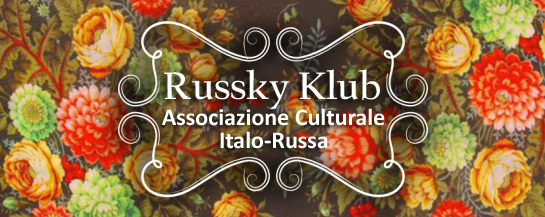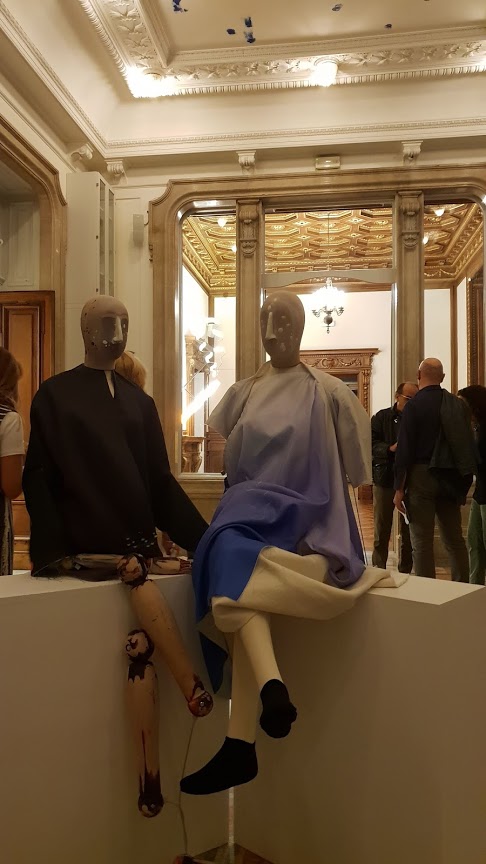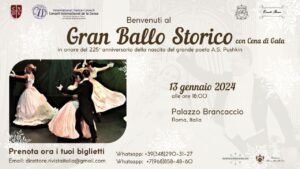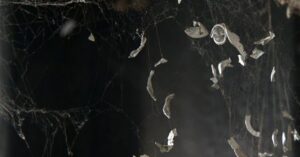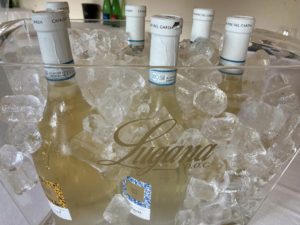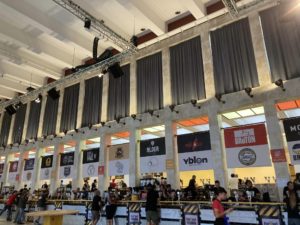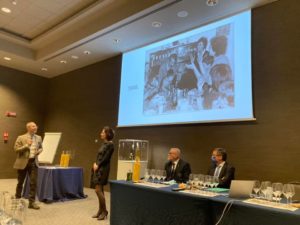Istituto Svizzero is pleased to present “ICH, ICH SEHE DICH”, a group exhibition presenting artists: Emil Michael Klein, Renée Levi, Julie Monot, Yoan Mudry, Ramaya Tegegne, Niels Trannois, Hannah Villiger, and Rémy Zaugg.
MILANO: Via Vecchio Politecnico 3 20121 Milano, +39 02 76016118, milano@istitutosvizzero.it istitutosvizzero.it.
ROMA: Villa Maraini Via Ludovisi 48 00187 Roma, +39 06 420421, roma@istitutosvizzero.it.
The exhibition title references Rémy Zaugg’s ICH, ICH SEHE DICH (I, I SEE YOU), a work from 1998. Bringing together diverse positions by eight Swiss artists of different generations, it hints to its underlining thought and also links to Zaugg’s multifaceted practice in different ways.
The work of Rémy Zaugg is rigorous and provokes the viewer, demanding a reaction. Composed of words and phrases, and dealing with themes of vision and consciousness, his works constantly question the issue of perception and do not concede to viewing as a passive act. For the artist, gaze and consciousness are effectively linked and it is through their overlapping that our relationship with the world develops. The importance of the act of seeing, or not, of witnessing or concealing, of perceiving or going unnoticed advances a conceptual and physical experience, bolstered by the use of colour and typography, and by repeated messages that flow unhampered in the here and now.

Seeing is therefore an act of commitment and the artwork requires a consciousness in perpetual movement, in constant definition. Zaugg has also delved into fields such as urban planning, architecture and museology to analyse the participation of painting in different areas and to investigate the how and what of the public exhibition of works.
In Emil Michael Klein’s works, the elimination of material has sharpened his understanding of the three-dimensional, and has led him to the regard of painting as sculpture as well, with layerings and through their removals.

Renée Levi is known for working in public space, or rather, on the re-elaboration of the public space, to the point of its becoming undone. Levi works on the seizure of the real body by replacing it with virtual text and the confusion that implies. Rémy Zaugg’s preoccupation with seeing and blindness inspired him to create works that are difficult to behold.
Julie Monot’s performances with her non-gender definable figures in certain points of view leave us with the same kind of feeling.

Yoan Mudry also plays with layers and presents propositions in which he uses fragments of images as cultural objects. His references are both global and specific ones. Each one of the artist’s works, though they may be considered individually, are part of a larger discourse in which all productions become signs.
And where Zaugg painting relies on words, Ramaya Tegegne rather quotes. By quoting, borrowing and reworking the practices of other artists, she reconstructs lives, stories and anecdotes that reveal the structural bias of certain art chronologies.
Her work interrogates the established narratives of art history by reflecting on the various social, historical and economic contexts that make and unmake this history.

Niels Trannois works are diluted in time and in colour and are carried by fluid movements, coincidences caused by impregnation and extraction. The weight of the pictorial matter disappears in favour of lightness and a dematerialization of sensations, floating notions that belong to the history of painting. Utilising mediums such as silk and collages and inserting mannequins in his works, as a painter, he is a vessel clothed with these notions belonging to this specific history of painting.
Hannah Villiger uses the camera as a type of prosthesis, an extension of the body’s organs, and makes it abundantly clear in her work. Her photography becomes physical, in some way sculptural leaving behind the flat reign of the two dimensions. The artist believed that, but also in the idea that photography can somehow renew the physical self.
”ICH, ICH SEHE DICH”, is written in large white letters on a light grey shiny surface. We are puzzled and stare at this statement in painting letter universe. The supposedly eloquent picture reveals only this one sentence—and leaves us alone with the consequences. “I, I see you” it says, almost placating.

”GATEWAY”
Artists Yarisal & Kublitz live and work in Berlin. Istituto Svizzero has commissioned them a new piece of artwork that will be installed in the patio of the dipendenza. For this occasion, they have created an artwork that resembles a gateway. The installation will open on the same night of ”ICH, CIH SEHE DICH” and will viewable to the public for a year.
Enti finanziatori:
Fondazione svizzera per la cultura Pro Helvetia
Segreteria di Stato per la formazione, la ricerca e l’innovazione
Ufficio federale della cultura
Ufficio federale delle costruzioni e della logistica
Partners:
EFG
Canton Ticino
Città di Lugano
Università della Svizzera Italiana
Julie Monot (1978): born in Lausanne, works in Lausanne. Her education comes from theatre/make-up artist She views the costume as a potential commune cultural reference.
Rémy Zaugg (1943-2005): born in Courgenay, died in Basel. Painter, philosopher. His work is based on the idea that history of painting condenses most of the elements of our European philosophy.
Hannah Villiger (1951-1997): born in Cham, died in Araau. Photographer. She considers photography as an extension of sculptural practice.
Renée Levi (1960): born in Istanbul, works in Basel. Painter. She believes that painting is space and, therefore, as a painter she includes architecture in her reflection.
Emil Michael Klein (1982): born in Munich, works in Zurich. Painter. The artist uses an intuitive approach and a formal vocabulary along with referential motifs, characteristics of the contemporary painter.
Yoan Mudry (1990): born in Lausanne, works in Geneva. Multi-disciplinary artist. He uses pop vocabulary in order to convey political messages.
Ramaya Tegegne (1985): born in Geneva, works in Berlin and Geneva. Multi-disciplinary artist. She considers the art world as a potential political space where her work is part of a long-engaged history of artists’ position.
Niels Trannois (1976): born in France, works in Basel and Geneva. Painter. He extended the painting practice to a fluid use of motifs through the exhibition space.
Special project: GATEWAY
Ronnie Yarisal (1981) and Katja Kublitz (1978) born in Geneva and Copenhagen, work in Berlin. Sculptors Their objects belong to a dimension which is halfway between design and sculpture.
Opening hours:
Thursday–Friday 02:00pm–06:00pm.
Saturday–Sunday and public holidays 11:00am–06:00pm.
Free Entry. For more information: arte@istitutosvizzero.it.
